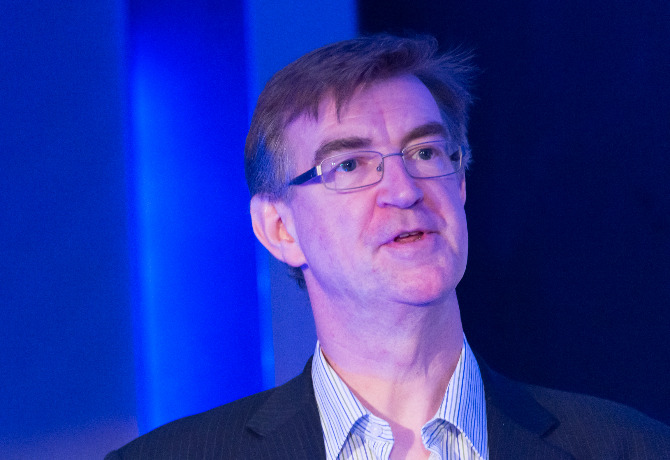Programmatic technology is just getting going, writes Tom Bowman, the newly-appointed CEO of Intelligent Optimisations.
Innovative technology sometimes makes you completely rethink what you do. Call it the “productivity paradox” – programmatic advertising technology may have existed for nearly a decade, but the true opportunity presented by programmatic is only now beginning to emerge.
As Eric Brynjolfsson and Andrew McAfee write in their excellent book The Second Machine Age, it took three decades for factory owners to seize motors’ advantages over steam power, by actually reconfiguring the production line for new possibilities rather than just replicating age-old processes.
And this is only one example – programmatic is caught in just the same paradox.
Of course, programmatic is booming. Global spending via programmatic grew 49% last year to $14.2bn, according to Magna Global, and the technology has brought efficiency and automation to an online ad buying process that was largely dependent on manual processes.
But when I look at programmatic today, and even over the next couple of years, it reminds me of those early factories – not yet fully developed, still lacking in the attributes that make it what it can fully become. Now it’s time for programmatic to grow up. The fundamental step-change will be applying intelligence.
Be smarter
Today, by using more data, buyers are using exchanges or marketplaces to identify the kind of audience they want, based on assumptions about who they are trying to reach. This has made it more efficient to reach the people you think are in-market for your product.
But entering an exchange with this kind of cognitive bias means missing out on a lot of opportunities. There is a whole universe of in-market consumers outside of your dartboard bullseye who may make perfectly good targets – if you re-think assumptions about what makes a good aim.
Intent is king
Rapidly-developing software processes mean you can now do much better than continuing to model your audience around demographics and context. In the future, programmatic should evolve to do more than just make transacting more efficient, adding in new ways of targeting actual consumer intent.
“All the ad-tech pipes in the world won’t help if you don’t get the message right”
For instance, a user reading about Ferraris on Topgear.com may be interested in the marque, he may even boast some of the demographic characteristics of Ferrari buyers (35-to-55-year-old self-employed men earning more than $1m, as it goes). But that is useless to advertisers if, rather than browsing for cars, he is merely browsing to compile a dossier of emissions data, or had already just bought a Maserati.
All the ad-tech pipes in the world won’t help if you don’t get the message right. Now that we have the basics in place, the industry can begin to intelligently and dynamically identify who a consumer is, and their actual modality at any given moment. Doing so will allow us to sequence ads with vastly enhanced permutations – tonal differences, perhaps even empathetic nuances – and serve them on the fly.
Transparent horizons
This is not a distant future. In today’s world, it is is now becoming possible to apply intelligent technologies to go beyond context.
The way to accomplish this is by harnessing the power and insight technology can bring. And the most powerful combination is coupling human insight – so-called “heuristics” – with software capability.
Targeting intent will mean capturing the myriad dimensions of customer behaviour, activity and environment to figure out their likelihood of doing something – whether that is renewing insurance, considering a holiday or taking a credit card.
And this is vital for long-term success. If you believe that automation is inevitable then intelligent automation is your competitive advantage. The more sophisticated it is, the more you will succeed.
Beyond automation
Getting to this future is going to require some serious computing power, but modern cloud infrastructure means the technology has become possible. That’s why I joined Intelligent Optimisations (IO), to help realise the true potential of programmatic.
This is how programmatic will grow up. It will be a journey that mirrors the evolution of all software – once the preserve of white-coated blokes in the computer science lab, later in the hands of actual practitioners who use it to enhance their jobs.
This technology is just getting going. Let the software do what it is best at and marketers will overcome diminishing returns and find a myriad of new audiences. In other words, when it comes to intent, assume nothing.








